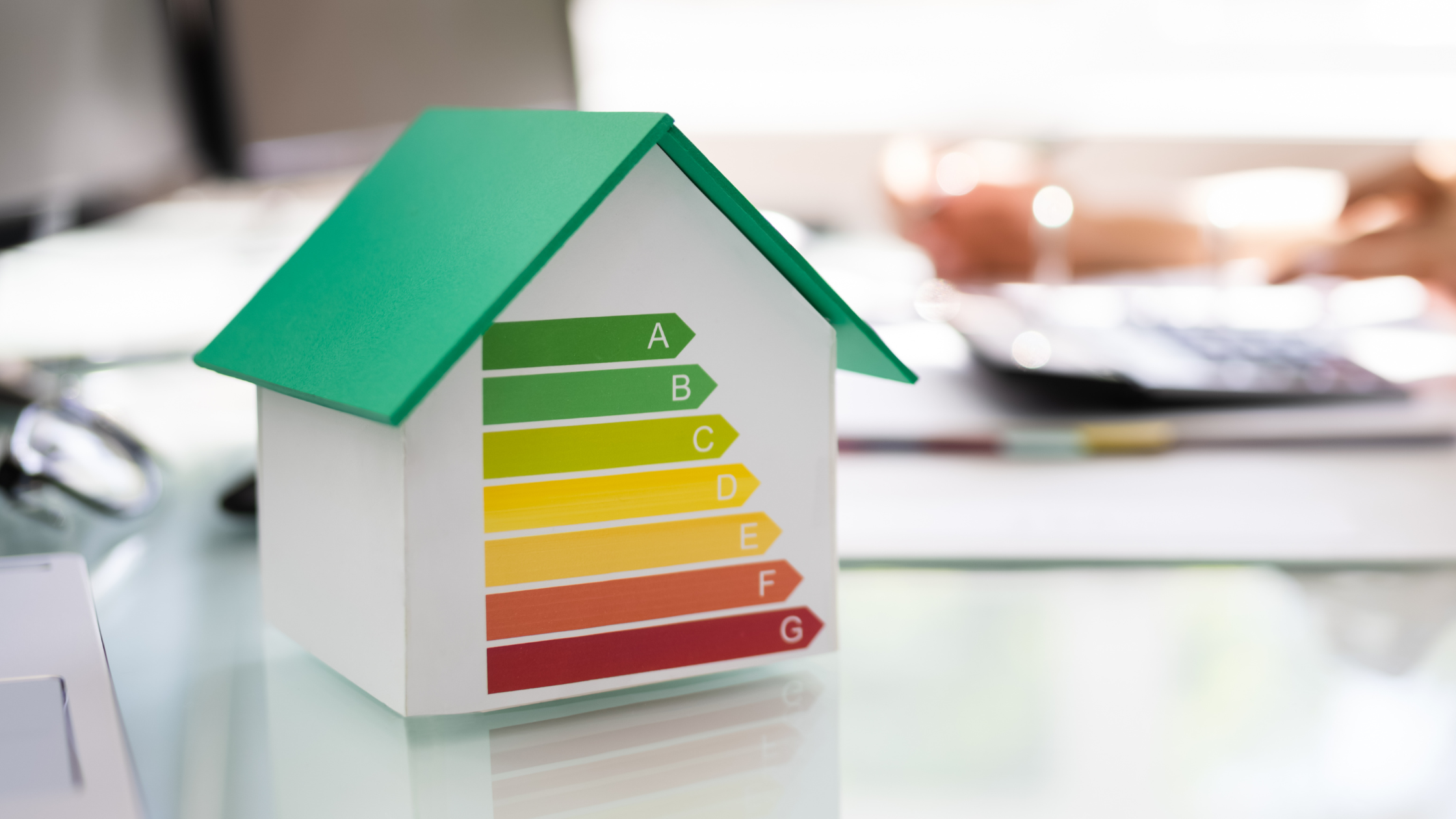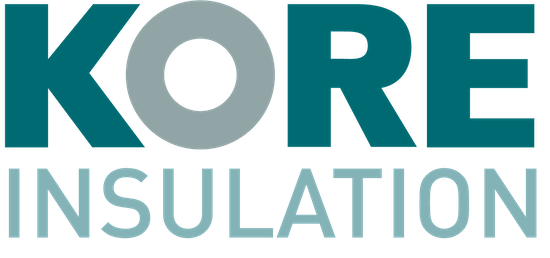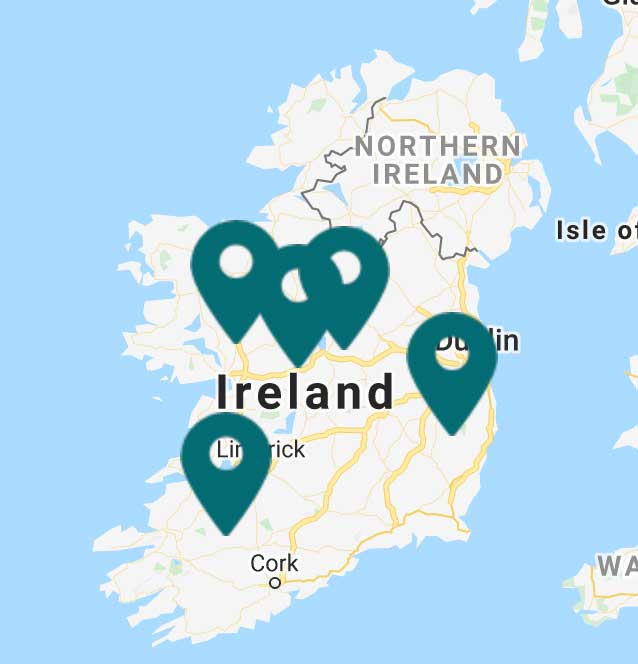
A BER is a building energy rating certificate that proves the energy efficiency of both domestic and commercial buildings in Ireland. Since 1 January 2007, all new homes in Ireland have required a BER certificate prior to being occupied. BER ratings are displayed on a certificate that rates the home on a scale from ‘A’ to ‘G,’ with ‘A1’ being the most efficient and ‘G’ being the least. BER certificates are good for 10 years as long as there are no major changes to the construction of the home.
BERs display the home’s expected energy consumption based on its primary energy use per unit floor area per year. The certificate also shows the home’s expected carbon dioxide (C02) emissions over the course of a year. Only lighting, heating, fans and pumps are taken into consideration when conducting a BER. Other electronics such as televisions, computers and appliances are not calculated into the building energy rating of a home.
Who Needs a BER Certificate?
Anyone selling or leasing a new home is required to provide a BER certificate to prospective buyers and tenants as failure to do so is breaking the law. New homes must have a BER certificate before they can be occupied. If you’re planning on buying a new home based on plans that has yet to be constructed you’ll need a provisional BER certificate showing the expected energy consumption and emissions. Once the home is constructed you’ll need a final BER. Provisional BERs are good for two years.
BER assessors must complete a training course and pass an examination before they can be registered with the Sustainable Energy Authority of Ireland to offer BER services. Since all BER assessors are independent, prices can vary by location and from company to company. It’s a good idea to shop around for the best rates before deciding on an individual or company to assess your property. Reports have shown that the price of BER assessments can vary by as much as €200.
What’s Included on a BER Certificate?
The BER certificate will tell you what version of the software was used to rate the home, the building energy rating of the home, the home’s address, unique BER number, the identification number of the assessor who carried out the test, company name, a graphical representation of the energy rating and the kilowatt hour per meter squared along with the carbon dioxide emission rating.
How Much Money Will a Higher BER Rating Save?
Figures from the Central Statistics Office show that between 2010 and 2014 23% of all homes were rated ‘A,’ up from 1% of homes built between 2005 and 2009. Added together ‘A’ and ‘B’ rated homes made up 92% of all newly built homes between 2010 and 2014 in Ireland.
According to SEAI, the difference in running costs between an ‘A1’ and ‘G’ rated home are staggering. A 200m2 detached house would cost approximately €400 per year in estimated fuel consumption if it were rated ‘A1.’ Compare that to a same size ‘G’ rated home and the estimated cost of fuel jumps to nearly €7,900 for space and water heating, not to mention a 20 tonne increase in CO2 emissions.
How to Improve a BER Rating
While you may not be able to jump from a ‘G’ rated home to an ‘A1’ rated home overnight or without cost, there are several measures that can easily improve the BER rating of a home. Energy efficiency measures will reduce the home’s energy consumption and running costs while increasing resale value immediately. Such measures include insulating the hot water tank and associated pipework, upgrading the insulation in floors, walls and attics, upgrading glazing on windows and upgrading to an energy efficient boiler.
If you live in a home built before 2006, the Better Energy Homes Scheme offered through SEAI provides grants to homeowners looking to install energy efficiency measures. Grants cover attic insulation, wall insulation, dry lining, high-efficiency gas or oil fired boilers, heating control upgrades and BER assessments. The scheme covers more extensive measures such as external wall insulation and solar heating upgrades, as well.
The works must be completed by an SEAI registered contractor and approved by SEAI before the measures are installed. The Better Energy Homes Scheme is a cash grant, meaning you must pay the contractor up front before SEAI will reimburse the grant amount for each measure installed. Other schemes such as the Better Energy Warmer Homes Scheme provide homeowners facing energy poverty with free energy efficiency upgrades as long as the requirements of the programme are met.

